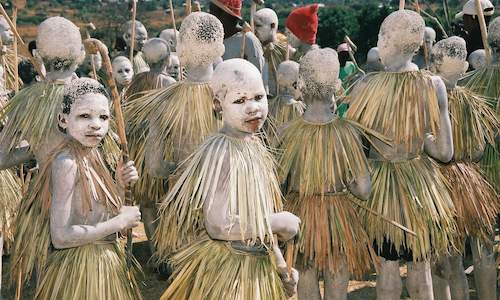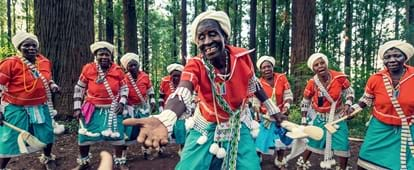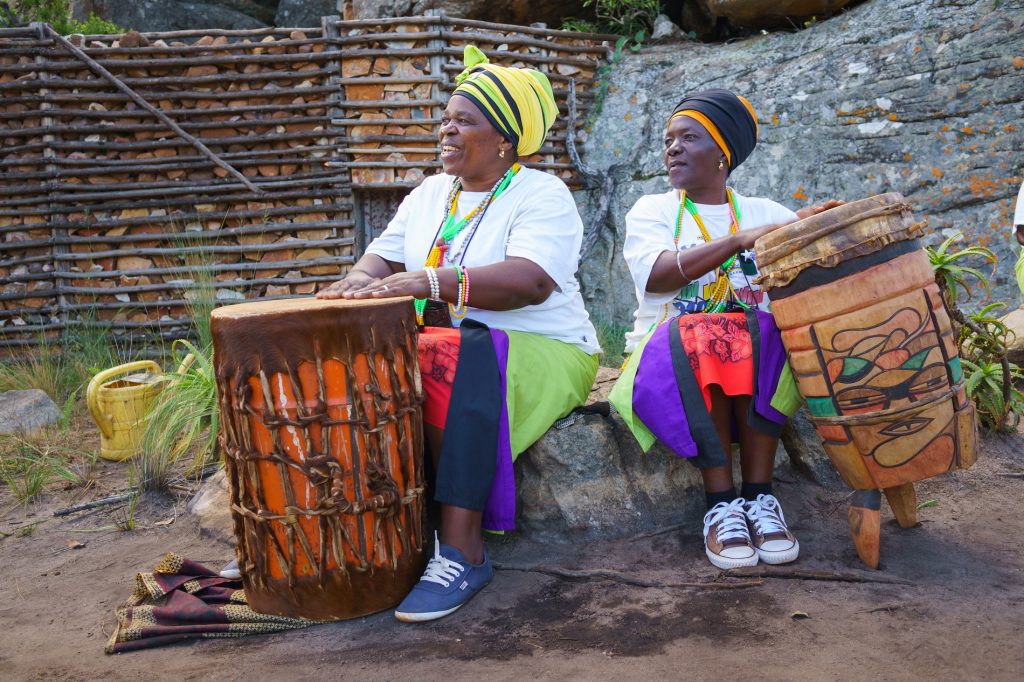The 8-Second Trick For South African Culture Today
The 8-Second Trick For South African Culture Today
Blog Article
The 9-Second Trick For South African Culture Today
Table of ContentsUnknown Facts About South African Culture TodayThe Of South African Culture TodayAbout South African Culture TodayMore About South African Culture TodayThe Best Strategy To Use For South African Culture TodayThe smart Trick of South African Culture Today That Nobody is Discussing
This adheres to with vocal singing and drum whipping. The couple then meet the elders and discuss the relevance of their union. A matter of importance in Zambian towns is the passing away of liked ones. All participants of the town put money, time and effort with each other for the interment of the deceased.Songs and dance is an extremely important facet of the Zambian society. The different tribal units have their own dancing kinds; nevertheless, makishi is typical amongst all people.
An Unbiased View of South African Culture Today
When it comes to music, drums are utilized one of the most, with a variety of drumming events. In Zambia, bulk of individuals are Christian; Protestant and Roman Catholic. There are small teams of Muslims and Hindus, with the remainder complying with neighborhood indigenous tribal ideas.

South African heritage and culture is profoundly diverse, and contains several teams of people that each have their very own traditions and ideas. Having such a variety of people and societies is what makes South Africa so unique. In truth sense of the phrase, we are a rainbow country.
South Africa has around 3 hundred thousand Portuguese people staying in it. Making it the 7th on the checklist of countries with one of the most Portuguese people in it outside of Portugal. Portuguese is not just a society, yet it is also a language and a nationality. Portuguese people originate from the nation of Portugal in Europe, nonetheless, because of Portugal (like several other nations in Europe) exploring the globe and dominating various other countries throughout the 15th 20th centuries, South Africa has what we call Portuguese South African's living in it.
Not known Facts About South African Culture Today
Among the noticeable attributes of the topography is a plateau that covers practically 2 thirds of the facility of the country. The plateau facility increases toward the southeast, where it culminates in the Drakensberg variety, component of a cliff that separates the plateau from the seaside areas. The Drakensburg includes Sparkling wine Castle, the highest possible top in the country.
The region north of the Witwatersrand, called the bushveld, slopes downward from east to west toward the Limpopo River, which forms the global border. The western area of the plateau, the middleveld, additionally descends in the direction of the west and varies in elevation between the highveld and bushveld. Between the Drakensburg and the eastern and southern coastline, the land descends to the sea.
Nearer the coastline there is a low-lying plain called the eastern lowveld. Southwest of the plateau the country comes to be progressively extra dry, offering means to the stony desert of the Great Karroo, surrounded on the eastern by the lower, better sprinkled plateau of the Little Karroo. Dividing the completely dry southerly interior from the sandy littoral of the southern shore and West Cape is one more range, the Langeberg.
Unknown Facts About South African Culture Today
The nation's racially, ethnically, and politically split background has actually created national and subnational signs that still operate as icons of the country, and others signs that are approved just by particular groups. The monoliths to white inhabitant conquest and political supremacy, such as the Afrikaner Voortrekker ("pioneer") go to website Monument in Pretoria and the Rhodes Monolith recognizing the British colonial empire contractor and Cape head of state Cecil Rhodes, stay sectarian icons.
The initial modern occupants were the San ("bushman") hunter-gatherers and the Khoi ("Hottentot") individuals, who rounded up animals (South African culture today). The San might have existed for thousands of years and left proof of their visibility in thousands of ancient cavern paintings ("rock art"). Bantu-speaking clans that were the ancestors of the Nguni (today's amaZulu, amaXhosa, amaSwazi, and vaTsonga individuals) and Tswana-Sotho language groups (today's Batswana and Southern and Northern Basotho) migrated down from east Africa as very early as the fifteenth century

Both former republics of index the Orange Free State and Transvaal (South African Republic) were established by Afrikaner inhabitants who defeated and dispossessed the Basotho and Batswana. Lesotho would certainly have been by force integrated into the Orange Free State without the extension of British security in 1869. The ultimate marriage of the nation arised from the South African Battle (18991902) between the British and the two Afrikaner republics, which decreased the country to wreck at the start of the twentieth century.
Afrikaners historically considered themselves the just real South Africans and, while approving full citizenship to all citizens of European descent, refuted that standing to individuals of color till the democratic change of 1994. British South Africans preserve a feeling of cultural and social connection to Great Britain without compromising their identity as South Africans.
South African Culture Today - Questions
The variety and fragmentation within ethnic groupings and the equilibrium of tensions in between those groups throughout the twentieth century stopped interethnic civil conflict. While intergroup stress over resources, privileges, and political dominance stay, those conflicts are as likely to match Zulu versus Zulu as Zulu against Xhosa or African against Afrikaner.
From colonial India, British sellers and administrators brought the bent metal ornamental roofings and slender lace work pillars that still symbolize the outdoor patios of cottages in the areas and cities throughout the country. Houses of worship add an important building facet even in the smallest communities. In addition to the skyrocketing steeples and timeless stonework of Afrikaans Dutch Reformed churches, Anglican churches, synagogues, mosques, and Hindu shrines supply selection to the religious building scene.

Butchering and the developing of standard grain beer are vital in safeguarding the engagement and a good reputation of the forefathers that are taken into consideration the guardians of good luck, success, and wellness. Indian neighborhoods maintain their native culinary practices and use them on Islamic and Hindu ritual and ceremonial occasions. Afrikaners and Coloured individuals collect at weekend breaks and special occasions at multifamily bbqs called braais, where area bonds are enhanced.
Because this was the key financial venture of both black Africans browse around this site and white colonists, problem in between those groups centered on the ownership of grazing land and livestock. In 1867, the largest ruby down payments worldwide were discovered at Kimberley in the west main area. The wealth from those areas assisted fund the exploitation of the best gold reef worldwide, which was discovered on the Witwatersrand in 1886.
All about South African Culture Today
This caused misunderstandings and intentional misrepresentation in the negotiations of white inhabitants and government authorities with African principals during the colonial duration (South African culture today). In the establishment of African reserves, some facets of communal and chiefly "tribal trust fund" land tenure were protected, and also in white backwoods, kinds of common tenure were still exercised in locations with African communities
After the democratic change of 1994, programs for land restitution, redistribution, and reform were set up, but development has actually been slow-moving. The white minority still controls eighty percent of the land. In the wake of farming land intrusions in Zimbabwe, the Department of Land Affairs has promised to speed up land redistribution.
Report this page